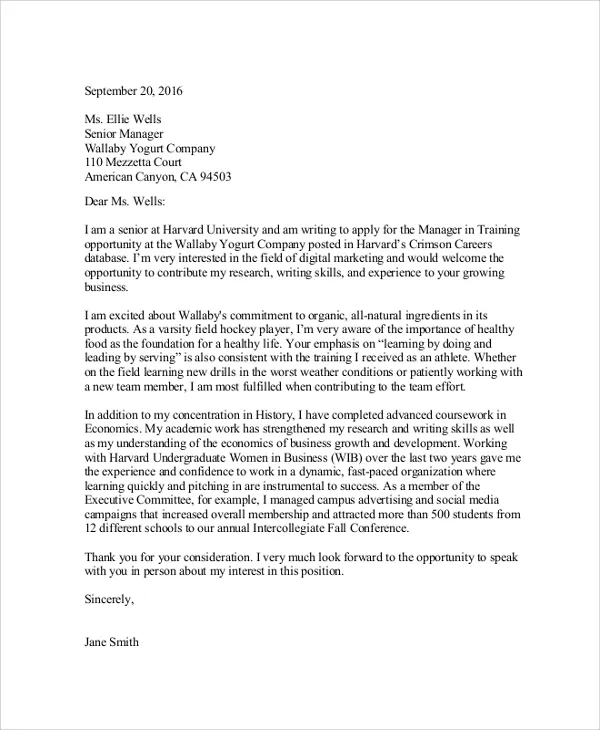Crafting a Cover Letter that Captivates
In the competitive job market, a well-crafted cover letter can be your secret weapon. It’s your first opportunity to make a strong impression on a potential employer, and it provides a platform to showcase your personality, passion, and qualifications in a way that a resume alone cannot. This article will delve into the secrets of writing a cover letter that not only grabs attention but also compels the reader to learn more about you and ultimately, invite you for an interview. Mastering the art of cover letter writing is a crucial step in any job seeker’s toolkit, and understanding its core components is the key to unlocking career success. The goal is to transform a simple document into a compelling narrative that bridges the gap between your resume and your dream job.
Understanding the Purpose of a Cover Letter
Why a Cover Letter Matters
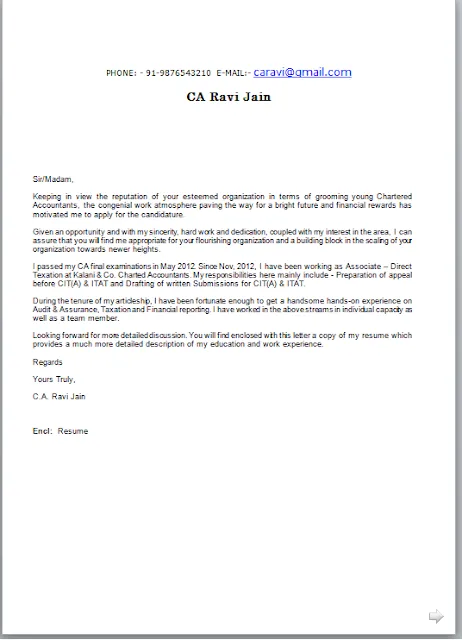
A cover letter serves as a personalized introduction, allowing you to connect with the hiring manager on a deeper level. While your resume lists your experiences and skills, your cover letter provides context and demonstrates how your background aligns with the specific job requirements and the company’s values. It’s your chance to tell a story, to explain why you’re interested in the role and the company, and to highlight the unique value you can bring to the team. Many hiring managers consider a cover letter as important as the resume itself, using it to assess your communication skills, attention to detail, and overall fit within the organization’s culture. A well-written cover letter will make you stand out from the competition, while also reinforcing that you are a perfect fit.
Key Elements of a Winning Cover Letter
Personalized Salutation
Begin your cover letter with a personalized salutation. Avoid generic greetings like “To Whom It May Concern.” Instead, research the hiring manager’s name and address the letter to them directly. If you can’t find a specific name, try using “Dear [Hiring Manager Name]” or “Dear [Department Name] Hiring Team”. A personalized greeting shows that you’ve taken the time to do your research and are genuinely interested in the opportunity. It sets a positive tone from the beginning and demonstrates your attention to detail, which is a quality that employers highly value. This small step can make a significant difference in capturing the reader’s attention and encouraging them to continue reading your letter.
Highlighting Relevant Skills and Experiences
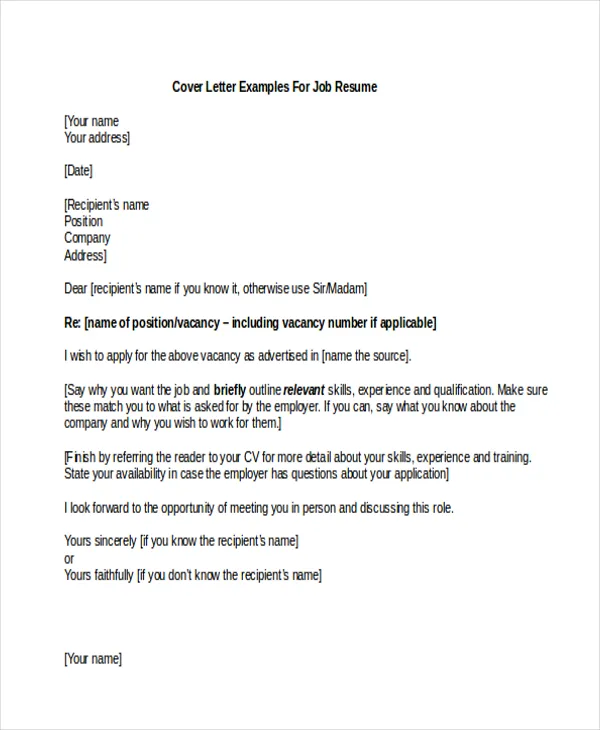
In the body of your cover letter, focus on the skills and experiences that are most relevant to the job description. Don’t just repeat what’s already in your resume; instead, provide specific examples of how you’ve used those skills to achieve results in the past. Quantify your accomplishments whenever possible. For example, instead of saying “Managed social media accounts,” say “Increased social media engagement by 30% within six months.” This demonstrates your ability to produce tangible outcomes. By focusing on the most relevant and impactful experiences, you’ll show the hiring manager how you can solve their problems and contribute to their success. Remember to tailor your examples to align with the specific requirements of the job posting, demonstrating that you’ve understood their needs and can provide the solutions.
Demonstrating Your Enthusiasm for the Role
Show genuine enthusiasm for the role and the company. Explain why you’re excited about the opportunity and what aspects of the job or the organization appeal to you. This is your chance to demonstrate that you’ve done your research and are not just applying for any job, but specifically for this job. Mention specific projects, initiatives, or company values that resonate with you. Showing this passion can help you build a connection with the hiring manager and make you memorable. It reflects well on your personality and your willingness to go the extra mile to express interest, a positive trait that will help to position you higher than other applicants. Your enthusiasm can be the key differentiator.
Tailoring Your Cover Letter
Researching the Company and Role
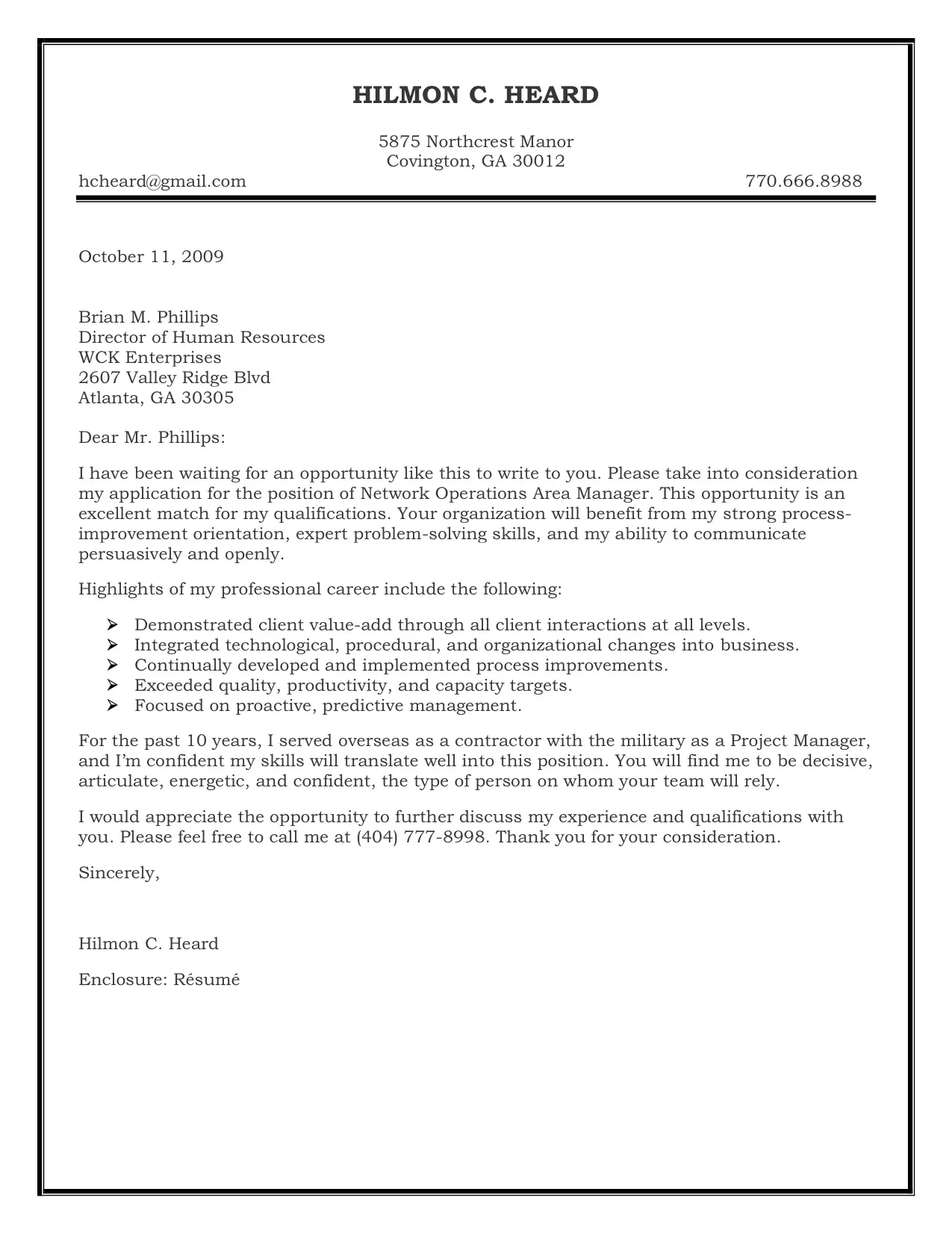
Before you even begin writing, research the company and the specific role. Visit their website, read their “About Us” section, and look for recent news and announcements. Understand their mission, values, and culture. Review the job description carefully and identify the key skills and qualifications they are seeking. This research will inform your writing and allow you to demonstrate how your skills align with their needs. When you tailor your cover letter, you demonstrate you’re not just sending out generic applications. This personalized approach shows a genuine interest and shows you are truly committed to this job opportunity and how it aligns with your career goals. Showcasing your knowledge of the company in your cover letter demonstrates to the hiring manager you take the process seriously.
Matching Your Skills to the Job Description
Carefully match your skills and experiences to the requirements listed in the job description. Use the same keywords and phrases they use to describe the role. This helps the hiring manager quickly see the connection between your qualifications and their needs. Don’t just list your skills; provide concrete examples of how you’ve used those skills in the past to achieve specific results. When describing your accomplishments, use the STAR method (Situation, Task, Action, Result) to provide context and show the value you bring to the table. This ensures your skills are highlighted in relation to how they will directly benefit the company. By explicitly addressing the job description requirements, you make it easy for the hiring manager to see you’re an excellent candidate for the role.
Formatting and Style Essentials
Font and Layout Best Practices
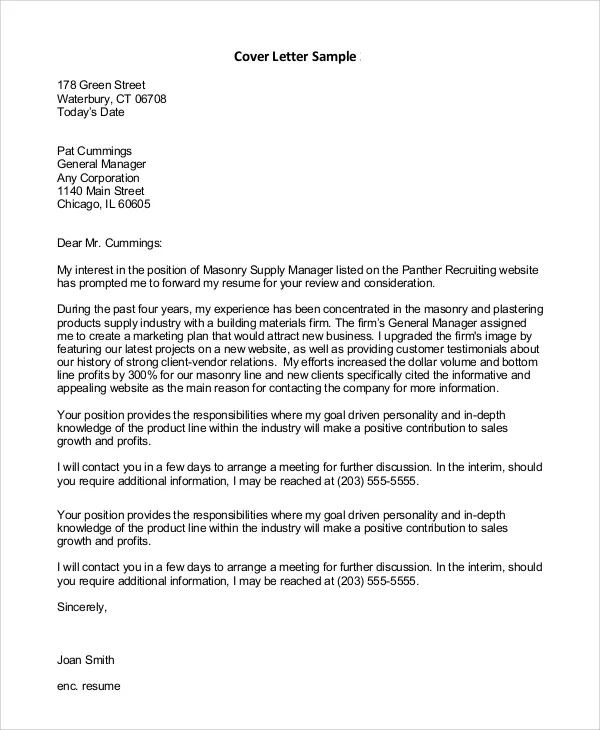
Choose a professional and easy-to-read font, such as Times New Roman, Arial, or Calibri, with a font size between 11 and 12 points. Use a clear and concise layout with adequate spacing between paragraphs to make your letter visually appealing. Keep the tone professional, but let your personality shine through. Avoid jargon and overly complex language. Write in a clear, concise, and engaging manner, as if you were having a conversation with the hiring manager. Ensure the layout is visually appealing, with sufficient white space to avoid overwhelming the reader. The formatting should enhance readability, allowing your content to shine. Avoid heavy blocks of text, as they are less likely to engage the reader and encourage them to continue reading.
Proofreading and Editing for Perfection
Proofread your cover letter meticulously for any grammatical errors, spelling mistakes, or typos. Have a friend or family member review it as well. Errors can undermine your credibility and make you appear unprofessional. Use grammar and spell-check tools, but don’t rely on them entirely; always read through the letter carefully. Pay attention to the flow of your writing and ensure your sentences are clear and easy to understand. Ensure that the content flows logically and that the narrative is coherent. A polished, error-free cover letter demonstrates your attention to detail and your commitment to producing high-quality work. Review all aspects of your writing to ensure your letter is free from mistakes and presents you in the best possible light, as a candidate the employer should not hesitate to call in for an interview.
Closing and Call to Action
Expressing Gratitude and Offering Follow-Up
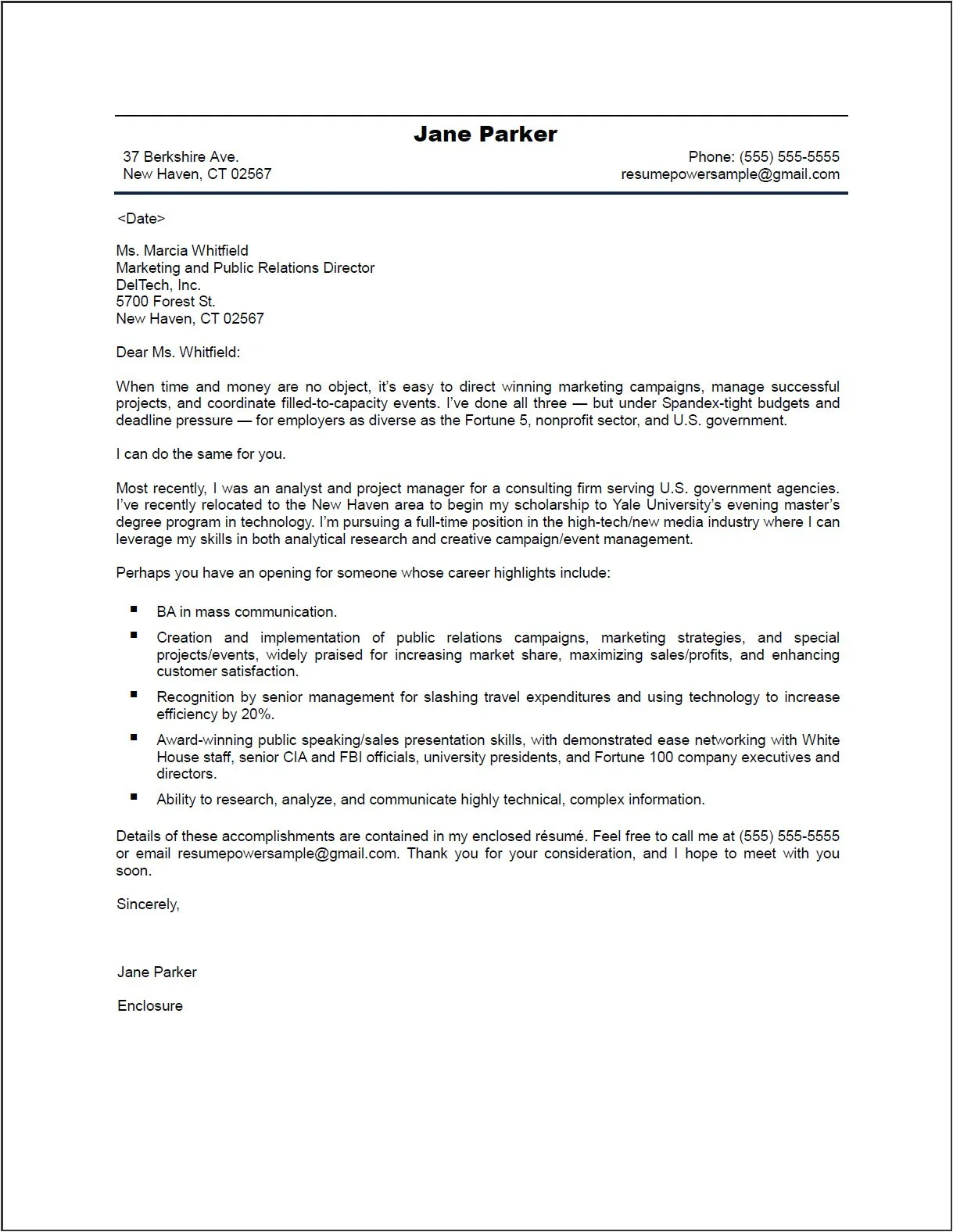
Close your cover letter by thanking the hiring manager for their time and consideration. Reiterate your interest in the role and express your excitement for the opportunity to learn more. Include a clear call to action, such as “I look forward to hearing from you” or “I am eager to discuss my qualifications further in an interview.” Provide your contact information, including your phone number and email address, and make it easy for them to reach you. This step allows the reader to envision you as the best choice for the job. Your closing is your final chance to make a lasting impression, leaving the hiring manager feeling enthusiastic about considering your application. Your attention to detail is another thing to remember.
